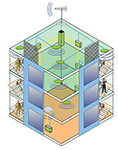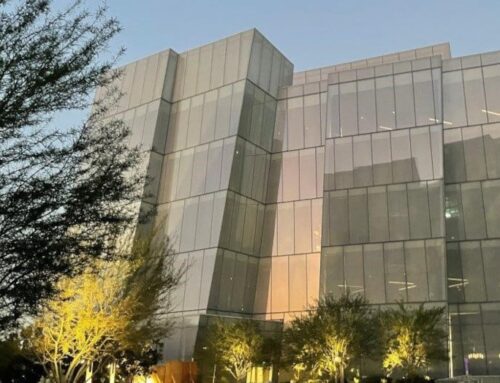Are Your Clients Covered?
It’s only just the beginning for wireless technologies. Businesses are relying more and more on wireless devices and wireless connectivity as their main source of communication. Wireless technology now has a lead role in the design of buildings due to various local mandates to have cellular wireless coverage in the event of an emergency. That’s because emergency first responders rely on radio coverage to do their jobs.

Municipalities like the City of Burbank and Beverly Hills recognize the importance of having in-building coverage in the event of an emergency and have adopted signal public safety coverage for emergency first responders. In fact, all new building construction must meet the standards of the Public Safety UHF Radio Amplifications System/Signal Booster Ordinance.
The mandate for wireless has also spread to professional sports arenas with the recently passed Assembly Bill 2464, the Improving Personal Safety at Stadiums Act, authored by Assemblyman Mike Gatto. This bill requires sports stadiums in California to clearly post the numbers fans can use to call or text-message stadium security.
You may ask yourself, what does this mean to me?
If you’re an Architect, and are responsible to deliver a code-compliant facility on time and on budget, being unprepared or unaware of this mandate can result in delays and cost overruns. It also means that for new buildings you might not be allowed to pull a Certificate of Occupancy until the requirements are met, like in the case with the City of Burbank and the City of Beverly Hills.
Although not all cities require it, the installation of a DAS is also becoming popular in order to provide emergency coverage within a building, as it could be the difference between a tenant choosing Building A (having wireless coverage) versus Building B (not having wireless coverage).
It’s also important to keep in mind that not all buildings will require a DAS in order to have wireless coverage. There are several factors that can influence the quality and strength of RF signals throughout buildings. Having an RF test survey early on can determine if a DAS is required.






